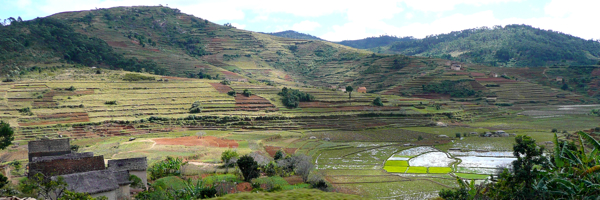
In Madagascar last week, the director of the TV show I’m co-hosting for NatGeo asked me what I most missed about California after an arduous month on the road, and what I was looking forward to eating once I got home. Tomatoes, I said. It’s tomato season in California.
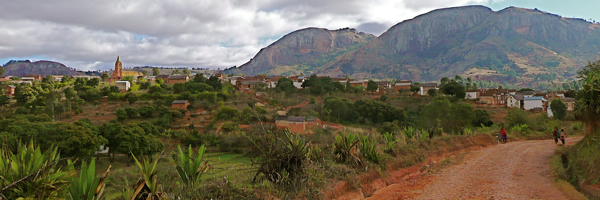
Travel in Madagascar is hard—very hard. To get anywhere remote requires hours of four-wheel-driving, down rutted-out muddy roads intended for ox carts, not motor vehicles. But the payoff is huge. I attended a circumcision festival in a tiny mountain village, after which the boys’ grandfathers each ate the foreskin—with a banana. (Yes, you read that right.) Then came the savika, an afternoon of bull-wrestling; I participated and cracked a rib.
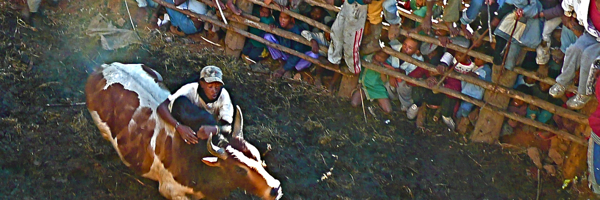
To wrestle a 2000-pound Malagasy zebu bull, you sneak up beside the animal, grab the giant hump behind its neck, and hang on tight as the bull whips around in circles, trying to buck you off. Twice the bull paused, cocked its head to look me straight in the eyes, then—wham!—whacked me right under the armpit with its giant horn. Then it spun around again. And again. I only let go once the rodeo master looked truly terrified for my welfare. Later I found out I was the first-ever Westerner to have participated in this savika, and all the men of the village shook my hand. It still hurts to laugh ten days later.
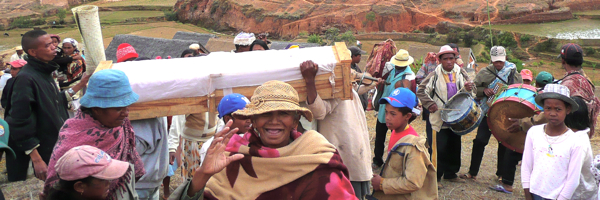
Madagascar’s real mind-blower is the “turning of the bones” ceremony, when families exhume their dead ancestors to worship them, and give thanks for the blessings they have bestowed from the spirit world. Then the families rewrap the bones—as matter-of-factly as if they were changing bed linens—and pop them back into underground tombs, which I was invited to explore by candlelight. My host gleefully exclaimed, “That’s my grandmother! That’s my uncle and my aunt!” I tripped over a sack of bones and jumped backward in horrified embarrassment, hitting my head on the tomb’s low rock ceiling. Far from gloomy, it was a great party, more like a wedding than a funeral, with much dancing to accordion music and drinking of gasoline-like rum. It’s called the Famadihana, and families celebrate it every seven years. Few Westerners have seen it, but you will—at least on TV.
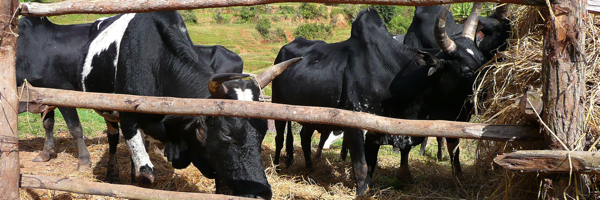
The television series is called, Lonely Planet: Roads Less Travelled, a 13-episode package of hour-long shows to broadcast this fall on National Geographic Adventure. Check out the trailer for the series’ debut, me in Morocco. The show airs in Europe, Asia, the Middle East, Africa, Australia and Latin America (dig the Spanish trailer)—-basically everywhere except the US and the UK until sometime in 2010. Which is fine by me. I’m not convinced I want to appear on American television and lose the anonymity that permits me to remove my clothes at San Francisco street parties. There’s a reason you never spot celebs at the Folsom Fair.

BBC Worldwide holds distribution rights, once the series initially airs on NatGeo, so you’ll eventually catch it somewhere. Maybe on BBC America, or Discovery Channel, or maybe on the in-flight entertainment system of your next swank voyage aboard Virgin Atlantic. And p.s. if you are planning a far-flung journey in the near future, read my tips for arriving fresh, following an 18-hour flight.